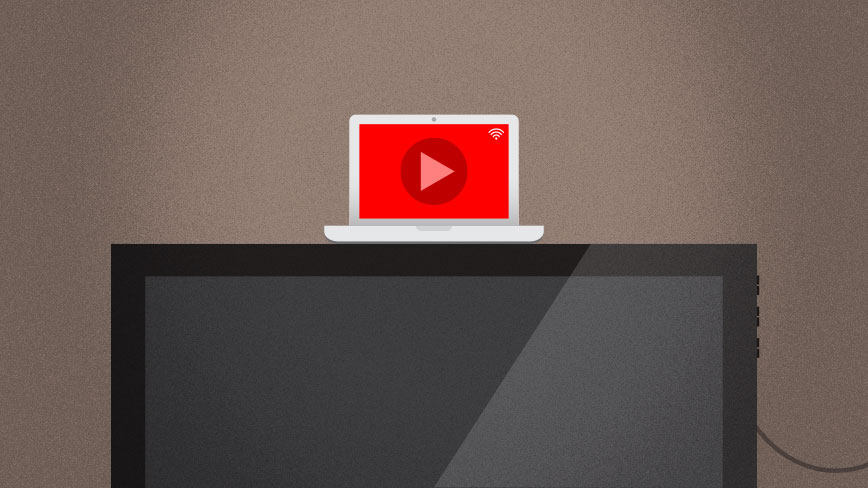Digital video has disrupted TV in a big way and will shape the direction of original programming and the TV ad spending tied to it in years to come.
The new high benchmark set by our recent “Golden Age” of TV shows is both a blessing and a curse for networks — and the TV ad spends they try to bring in. This double-edged sword has been brought about a new capability that TV audiences have: the ability to watch nearly any show at any time on streaming platforms.
From the Small Screen to the Smaller Screen
Streaming video has rapidly transformed from a niche curiosity into the de facto method that many people consume television. CNN Money reported in March that four out of every ten U.S. households now have a subscription to an online streaming service like Netflix, Hulu Plus or Amazon Prime.
Along with this transition comes a displacement of time and place for audiences. According to AdAge, the number of 18–49 year olds who watch shows either live or on demand within three days of the broadcast has declined by 11%.
Competing for their attention instead is a compendium of television from several decades past. For example, countless TV pundits are endorsing “hidden gem” shows of yesteryear to binge watch as opposed to new show recommendations.
Some networks are trying to get on board with this trend by unloading a full season at once a la Netflix. NBC recently made the entirety of its show Aquarius starring David Duchovny available for streaming, a first for broadcast television. Their hope is that an online audience can sustain the weak viewership numbers seen on broadcast — a phenomenon that helped push TV viewership of Breaking Bad in its last few seasons.
A Break in Commercial Breaks?
The biggest disruption occurring during this shift from TV to online has been happening on the advertisers’ end. TV ad spending still makes up the lion’s share of the market and continues to increase, but digital video spending is on track to outpace it. One firm pegged last year’s digital video spend at $5.8 billion, and they expect this year’s spend to increase by 30% to a total of $7.8 billion.
Many brands are making such moves because they can see the writing on the wall. 1.7 million people dumped their cable/satellite TV subscription last year, and cable TV ad penetration slipped by 8 percent for the 18–34 year old demographic. In the meantime, Netflix subscribers grew by 17 percent from 2013 to 2014 — an increase of 6.6 million.
Advertisers are far from shaken up by this drift because of digital video marketing’s ability to target razor-thin segments and demonstrate concrete ROI through performance analytics. In fact, a recent industry survey revealed that 68 percent of marketers intended to increase their digital video ad spending moving into the 2015-2016 TV premiere season, while 67 percent said that their cable and broadcast TV ad spending to stay level or decrease in the same period.
This shift indicates the path TV audiences and TV advertisers are moving towards. Clearly, “Must See TV” is no longer happening at a specific time and place. Instead, it exists in a permanent archive where a new show can sit alongside the likes of Frasier and M*A*S*H to be digested just as conveniently on the couch as it is on the train ride to work.
You may also be interested in downloading our Cord-Cutting Research Study:
[download file=”https://www.annalect.com/wp-content/uploads/2015/02/Annalect-research-Cutting-the-Cord.pdf” title=”Annalect Research: Cutting the Cord”]

